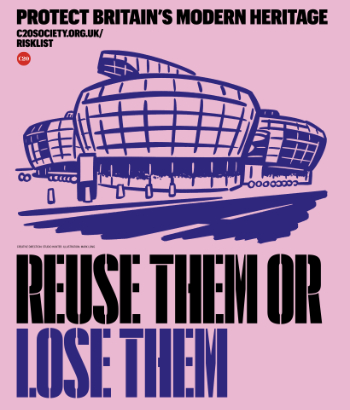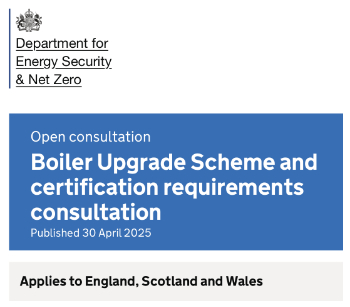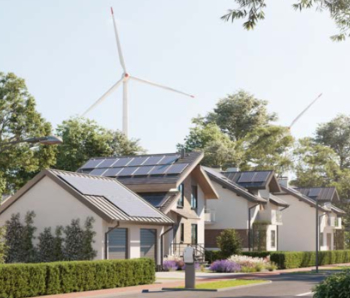Market value
Market value is defined as the underlying economic value of items such as goods and services. This is as opposed to other measures of value, such as moral values, socio-economic values, environmental values, values associated with beliefs and so on.
Market value is different to 'market price' which is the price that individuals and companies are prepared to pay for goods and services in a competitive market. This price will be determined by the scarcity of the product/service which is itself determined by supply and demand. The lower the supply, the greater will be the demand and therefore the price will be higher.
Expressed another way, the price that is determined by the interaction of supply and demand, and is an indicator of how important that item is perceived to be by the target audience.
Market value and market price may be equal but only under an efficient market where rational expectations prevail. Where this is not the case, a disequilibrium occurs so that the prevailing market price does not reflect the true market value. Some suggest that London’s high house prices reflect an inefficient market where people have irrational expectations; the prices asked for do not reflect the real value of houses.
Market value should also be distinguished from 'fair value' which may be agreed between two parties according to their individual beliefs. Thus, the sale price of a second-hand car may not reflect its actual market value if in the estimation of both parties a fair transaction has been achieved that fulfils both their economic and emotional needs.
However, defining value can be problematic, especially when market values and personal values are in conflict. An old broken watch may have a very low market value yet may have huge personal value to the owner.
RICS Insights, Valuation and sale price, March 2019 Edition defines market value as: ‘The estimated amount for which an asset or liability should exchange on the valuation date between a willing buyer and a willing seller in an arm’s length transaction after proper marketing where the parties had each acted knowledgeably, prudently and without compulsion.’
A market-adjusted valuation (MAV ) is: ‘The preceding valuation adjusted for capital growth and capital expenditure.’
The Green Book, Central Government Guidance On Appraisal And Evaluation, Published by HM Treasury in 2018, suggests that: ‘Market value or price is the price at which a commodity can be bought or sold, determined through the interaction of buyers and sellers in a market.’
RICS Valuation – Global Standards, Effective from 31 January 2022, Published by the Royal Institution of Chartered Surveyors (RICS) in November 2021, defines market value (MV) as: ‘The estimated amount for which an asset or liability should exchange on the valuation date between a willing buyer and a willing seller in an arm’s length transaction, after proper marketing and where the parties had each acted knowledgeably, prudently and without compulsion .’
The International Valuation Standards (IVS), published by the International Valuation Standards Council is 2021, states:
- The Organisation for Economic Co-operation and Development (OECD) defines fair market value as the price a willing buyer would pay a willing seller in a transaction on the open market.
- In United States tax purposes, Regulation §20.2031-1 states: “The fair market value is the price at which the property would change hands between a willing buyer and a willing seller, neither being under any compulsion to buy or to sell and both having reasonable knowledge of relevant facts”
See also: Market price.
[edit] Related articles on Designing Buildings
Featured articles and news
An engaging and lively review of his professional life.
Sustainable heating for listed buildings
A problem that needs to be approached intelligently.
50th Golden anniversary ECA Edmundson apprentice award
Deadline for entries has been extended to Friday 27 June, so don't miss out!
CIAT at the London Festival of Architecture
Designing for Everyone: Breaking Barriers in Inclusive Architecture.
Mixed reactions to apprenticeship and skills reform 2025
A 'welcome shift' for some and a 'backwards step' for others.
Licensing construction in the UK
As the latest report and proposal to licence builders reaches Parliament.
Building Safety Alliance golden thread guidance
Extensive excel checklist of information with guidance document freely accessible.
Fair Payment Code and other payment initiatives
For fair and late payments, need to work together to add value.
Pre-planning delivery programmes and delay penalties
Proposed for housebuilders in government reform: Speeding Up Build Out.
High street health: converting a building for healthcare uses
The benefits of health centres acting as new anchor sites in the high street.
The Remarkable Pinwill Sisters: from ‘lady woodcarvers’ to professionals. Book review.
Skills gap and investment returns on apprenticeships
ECA welcomes new reports from JTL Training and The Electrotechnical Skills Partnership.
Committee report criticises UK retrofit schemes
CIOB responds to UK’s Energy Security and Net Zero Committee report.
Design and construction industry podcasts
Professional development, practice, the pandemic, platforms and podcasts. Have we missed anything?
C20 Society; Buildings at Risk List 2025
10 more buildings published with updates on the past decade of buildings featured.
Boiler Upgrade Scheme and certifications consultation
Summary of government consultation, closing 11 June 2025.
Deputy editor of AT, Tim Fraser, discusses the newly formed society with its current chair, Chris Halligan MCIAT.

























Comments
[edit] To make a comment about this article, or to suggest changes, click 'Add a comment' above. Separate your comments from any existing comments by inserting a horizontal line.